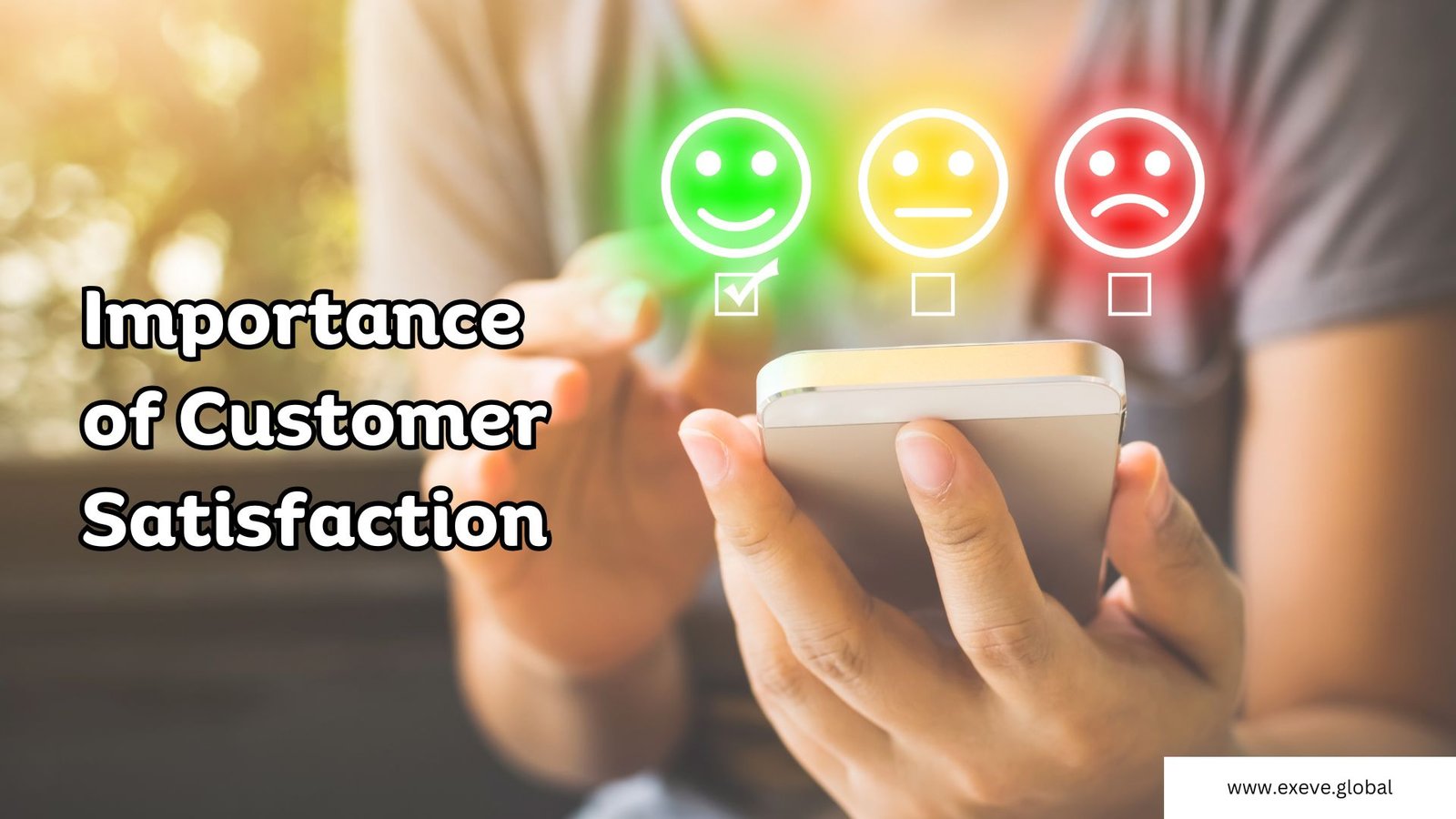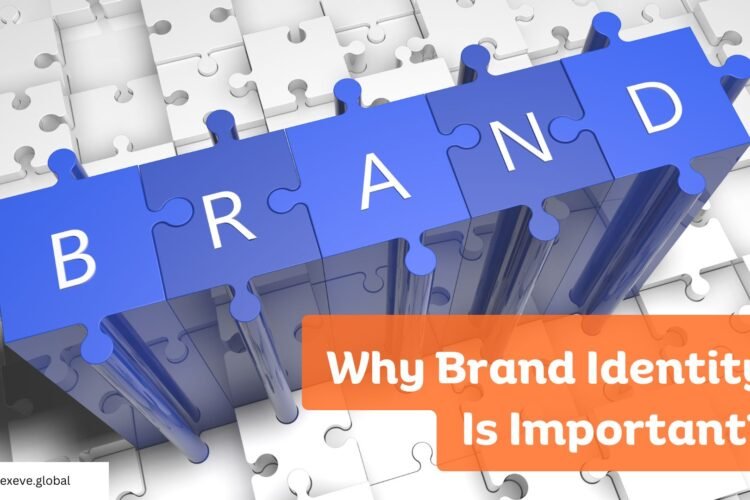
Keeping customers happy is a big deal for any business, really. It’s not just about making a sale and moving on. Think about it: happy customers tend to stick around, and that’s way more important for growth than constantly chasing new ones. Plus, knowing what they like and don’t like helps you make your stuff better. So, yeah, customer satisfaction? It’s pretty important.
Overview
- Happy customers are more likely to buy again, which is cheaper than finding new ones.
- Unhappy customers leave quickly, and often tell others why.
- Customer feedback helps businesses improve products and services.
- Great service can make a business stand out from competitors.
- Satisfied customers can become your best advertisers through word-of-mouth.
Understanding Customer Satisfaction
When we talk about customer satisfaction in business, we’re really talking about how happy people are with what your company offers. It’s not just about whether they bought something once; it’s about their overall feeling after interacting with your brand, using your products, or dealing with your support team. Think of it as a report card from your customers. Getting this right is key to keeping customers coming back.

Defining Customer Happiness
So, what exactly is customer happiness? It’s a mix of meeting and, ideally, exceeding what a customer expects. Sometimes, customers might stick around even if they aren’t thrilled, maybe because they haven’t found a better option yet or they’re just too busy to switch. That’s why you can’t just assume people are happy based on sales numbers alone. You have to ask them. It’s about understanding their needs and seeing if your business is hitting the mark.
Measuring Customer Sentiment
How do you actually know if customers are happy? You measure it. A common way is through a Customer Satisfaction Score, or CSAT. This usually involves asking customers to rate their experience, often on a scale from ‘very unsatisfied’ to ‘very satisfied’, right after they’ve interacted with your company, like after a purchase or a support call. For example, a question might be: “How would you rate your experience with our support team today?”
Here’s a simple breakdown of how CSAT is often calculated:
| Satisfaction Level | Rating |
|---|---|
| Very Satisfied | 5 |
| Satisfied | 4 |
| Neutral | 3 |
| Dissatisfied | 2 |
| Very Dissatisfied | 1 |
CSAT Score = (Number of satisfied customers [ratings 4 & 5] / Total number of responses) x 100
While CSAT is great for specific interactions, it’s also good to look at other measures like Net Promoter Score (NPS) or Customer Effort Score (CES) for a bigger picture.
The Core of Customer Experience
Ultimately, customer satisfaction is built on the entire customer experience. This includes everything from the quality of your products to how quickly and helpfully your support team responds. If any part of that journey is difficult or frustrating, it can bring down the overall satisfaction. Making things easy and pleasant at every step is what really counts.
Businesses that focus on making customers happy tend to see better results over time. It’s not just about making a sale; it’s about building a relationship where the customer feels valued and understood.
Driving Business Growth Through Loyalty
It’s a well-known fact that keeping customers you already have is way cheaper than finding new ones. We’re talking like, six to seven times cheaper, which is a pretty big difference if you stop to think about it. You can’t really expect people to stick around if they’re not happy, right? That’s why companies that offer services like mobile plans or banking often bend over backward to keep you as a customer. They get it – losing you is expensive.
The Cost of Customer Acquisition vs. Retention
Think about it: you spend money on ads, marketing campaigns, and sales teams to get someone to try your product or service for the first time. That’s a significant investment. Now, compare that to the cost of making sure someone who’s already bought from you has a good experience and comes back. It’s usually much less. Focusing on keeping your current customers happy means you’re spending your money more wisely. It’s about nurturing those relationships rather than constantly chasing after new faces. This approach not only saves money but also builds a more stable customer base.
Cultivating Repeat Business
Getting people to buy from you again and again is the name of the game. It’s not just about having a good product; it’s about the whole experience. This means everything from how easy your website is to use, to how quickly you respond to questions, and even those little touches that make someone feel special. When customers have positive interactions across the board, they’re more likely to return. It’s about making it simple and pleasant for them to do business with you. Sometimes, a small gesture, like a personalized note or a small discount, can make a big difference in encouraging that next purchase. We’ve seen how businesses that focus on customer experience see a significant jump in revenue, and it makes sense when you think about it. Building customer loyalty is a smart strategy.
Satisfied Customers as Growth Levers
Happy customers are like your best salespeople, but they don’t even ask for a commission. When people have a great experience with your business, they tend to tell others. Think about positive reviews online or recommendations to friends and family. These aren’t just nice things to have; they actively bring new customers to your door. It’s social proof that your business is doing something right. These loyal customers can even help you come up with new ideas for products or services. By asking them what they’d like to see next, you tap into a valuable source of innovation. It’s a win-win: they get what they want, and you get insights that can drive your business forward.
Preventing Customer Churn
Losing customers, often called churn, is a big problem for any business. It’s way more expensive to find new customers than to keep the ones you already have. When customers aren’t happy, they’ll just go somewhere else, and it doesn’t take much for them to decide to leave. Sometimes it’s about price, but more and more, it’s about a bad experience they had with the company. People remember when things are difficult or frustrating.
The Impact of Dissatisfaction
Unhappy customers don’t stick around. They’ll quickly look for alternatives. A bad experience can be enough to make someone switch, even if your product or service is otherwise good. Think about it: if something is hard to do or a problem isn’t fixed, people notice. A single negative interaction can be enough to lose a customer forever.

Reasons for Brand Switching
Customers switch brands for a few key reasons. Price is always a factor, but poor customer experience is a major driver. People want things to be easy. If your website is confusing, your checkout process is a hassle, or your support team is unhelpful, customers will look for a smoother experience elsewhere. Even small issues, like a product being listed as available when it’s not, can cause frustration and lead to someone leaving. It’s about making the entire process as smooth as possible.
Minimizing Friction in Customer Journeys
Making things easy for your customers is super important. This means looking at every step a customer takes when interacting with your business, from finding your website to making a purchase and getting support. Are there any confusing parts? Any unnecessary steps? Fixing these small annoyances, or friction points, can make a huge difference. It’s often more effective than trying to wow them with something extra. If a mistake does happen, how you handle it is key. A quick apology and a solution can often turn a negative situation around, preventing that customer from leaving. Focusing on a smooth, hassle-free experience is a smart way to keep customers coming back. You can learn more about reducing churn by looking at customer retention strategies.
Building Lasting Customer Relationships
The Importance of Consistency
Keeping customers happy isn’t just about one great interaction; it’s about making sure every time they connect with your brand, it’s a good experience. Think about it – if you have a favorite coffee shop, you probably go back because you know you’ll get the same quality drink and friendly service every time. That predictability builds trust. When your product, your website, and especially your customer support are consistently reliable, people feel more secure doing business with you. It’s like having a dependable friend; you know what you’re going to get, and that’s a good thing.
Developing Personal Connections
People like to feel seen, not just like another number. Taking a few moments to remember a customer’s name, their past purchases, or even a small detail they shared can make a big difference. It shows you’re paying attention and that you care about them as individuals. This personal touch can turn a regular transaction into a memorable moment. For instance, a company might send a birthday discount or a note after a significant purchase. These small gestures make customers feel valued and more connected to the brand. It’s about building rapport, not just making a sale. We’ve seen how personalization works wonders, like with apps that tailor content based on your preferences, making you feel like the product was made just for you. It’s a smart way to make customers feel important.
Fostering a Customer Community
Sometimes, the best way to keep customers engaged is to bring them together. Creating a space where customers can connect with each other and with your brand can build a strong sense of belonging. This could be through online forums, social media groups, or even local events. When customers feel like they’re part of a community, they’re more likely to stick around and become advocates for your business. They can share tips, help each other out, and provide feedback that benefits everyone. It’s about creating a shared experience that goes beyond just buying a product. Loyal customers are your company’s biggest promoters. Think about how a local coffee shop might host a tasting event or how an online store could create a Facebook group for its users. These activities help build a community around your brand, making customers feel more invested. It’s better to smooth things out with a customer than lose them, and building a community is a great way to do that.
Wrapping It Up: Why Happy Customers Matter
So, when you get right down to it, keeping customers happy isn’t just a nice thing to do, it’s pretty much the whole ballgame. Think about it: happy customers tend to stick around, buy more, and even tell their friends. That’s way cheaper and easier than constantly trying to find new people to sell to. Plus, listening to what your customers say, good or bad, is like getting a free roadmap for making your business better. It helps you spot what’s working and, more importantly, what’s not. So, focus on making those customer interactions count, because in the end, their satisfaction is what really drives your business forward.

